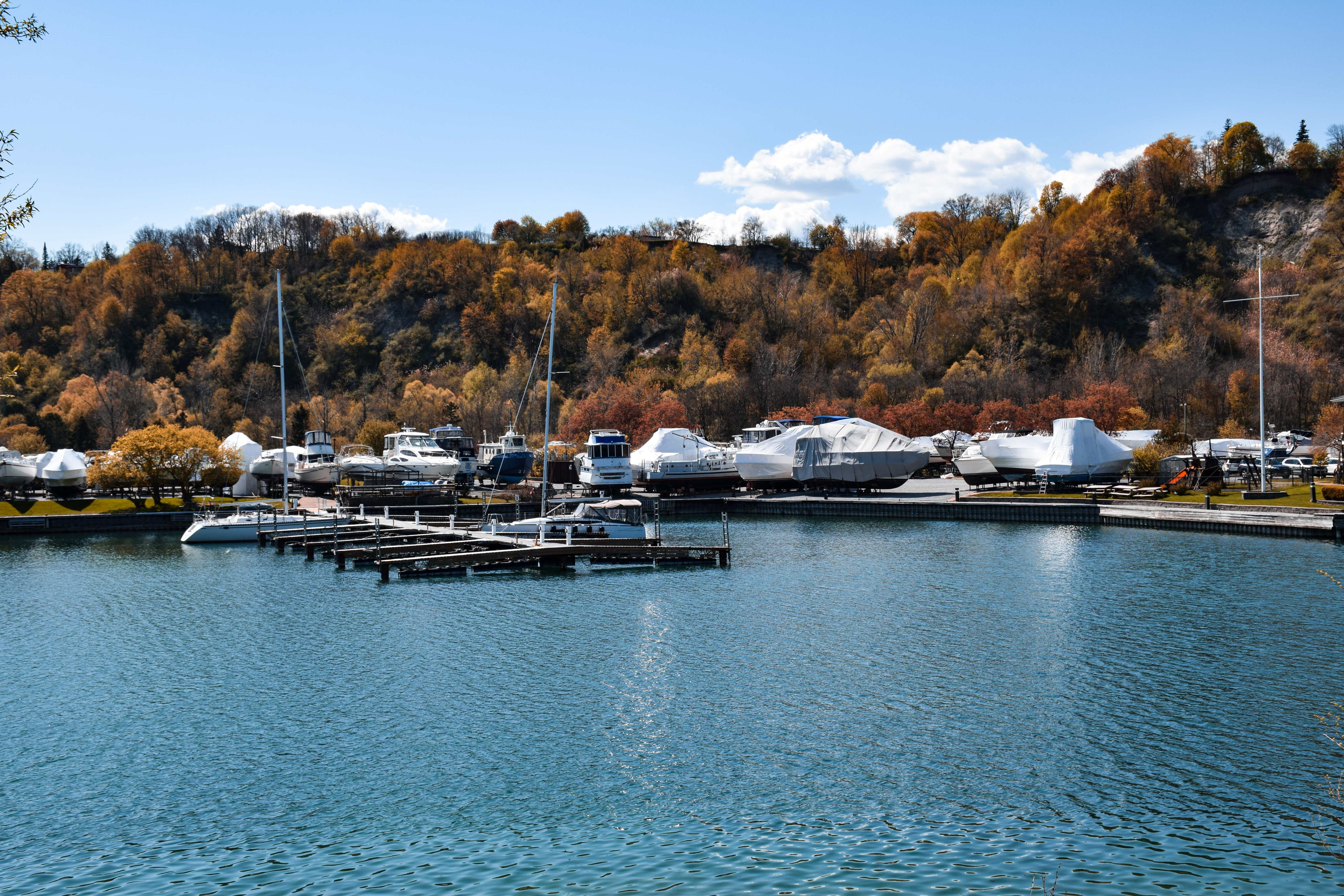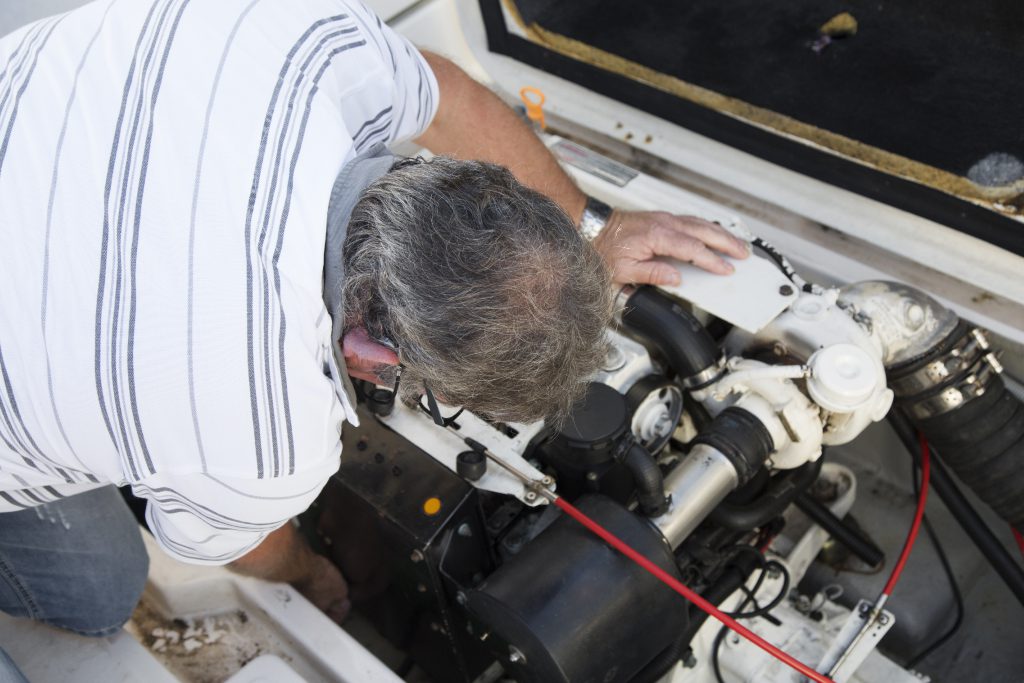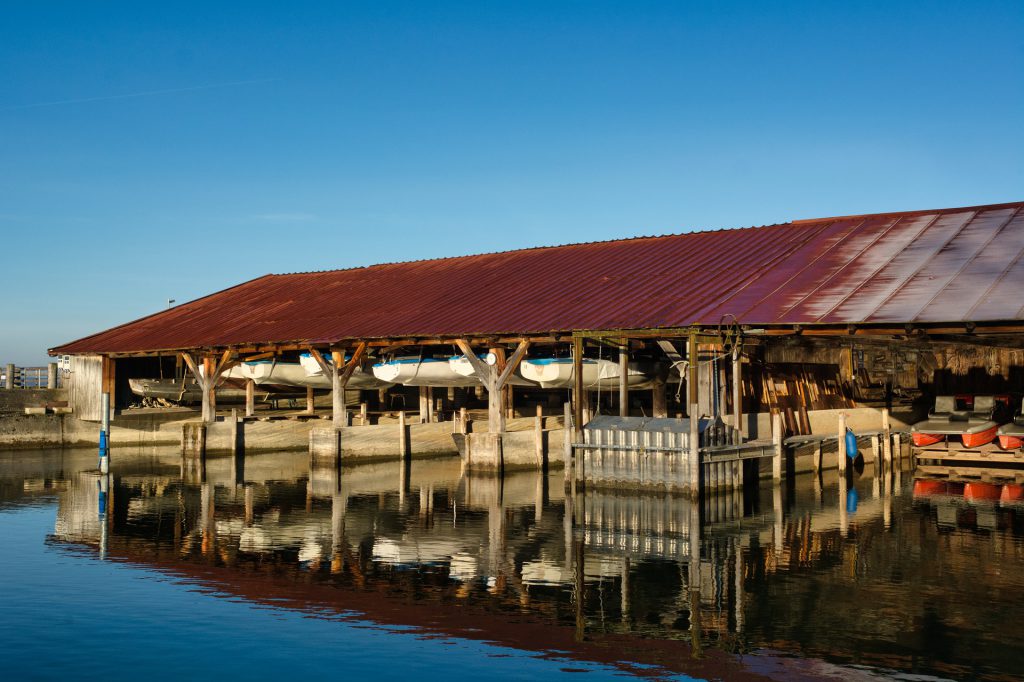How to Save Money Winterizing Your Boat
September 4th, 2021 by team

By B.J. Porter (Contributing Editor)
Well, I’ve put it off all summer, but as August draws to a close and Labor Day rolls near, it’s time to talk about the “W” word. Which is, of course, “Winterizing,” which no one likes to talk about when it’s still warm and sunny. But with a little advanced planning and easy to master skills, at least you can save yourself some money.
Do it Yourself

The biggest winter risk is freezing, and anything with water in it is at risk. For most boats, your fresh water system and your engine are at risk. Batteries can also be at risk of freezing. Most de-commissioning is flushing or draining out water with a high freezing risk and eplacing it with something which doesn’t freeze.
Much of this you can do yourself. The first time I saw someone “winterize” an engine for me, I was shocked. I was expecting a painstaking and technical process. And the guy literally closed the intake seacock, pulled the hose off it, stuck it in a bucket full of antifreeze, then had me start the engine and run it until pink stuff came out of the exhaust. There’s a little more to it than that for a full decommission, but a lot of the tasks are not difficult at all.
A few things which are easy to do yourself include:
- Your inboard engine. Basic tasks are to flush and fill the raw water systems with antifreeze, make sure the freshwater coolant has a good mix of antifreeze in it, and open up and pull out the impeller.
- Outboards need to be flushed and drained, fogged with oil, and have all the gas run or drained out of the carburetor. Small outboards are easy to do in a shed or garage, though big ones will need to be done with the boat out of the water.
- Fresh water systems. Run out the water, then put antifreeze in the tanks. With the pump on, open each outlet until pink antifreeze comes out.
- The bilge. Drain as much water out as you can, and put in some low temperature antifreeze.
- Batteries. If your batteries are small, you can bring them home and store them on a trickle charger in the basement or garage. Fully charge larger batteries then disconnect them from the boat.
For all these tasks, consult more detailed articles so you get all the steps. West Marine, Boat/US and several other sites have excellent guides. If you’ve got the time, you can save a lot of money.
Winter Cover Savings

If you live somewhere with snow or even a rainy season, you’ll want a cover on your boat. There are a few ways to cover any boat, and some will be more cost effective than others. Of course, there’s a tradeoff – some of the cheapest solutions aren’t always the best, especially for bigger boats.
If you’ve got a big garage or barn and a small boat, indoor storage on the trailer may be your cheapest option, though if you take the garage you’ll have to leave your car outside. If it’s your partner’s car ending up in the driveway, ask first, to avoid an extra long, extra cold winter.
Basic plastic tarps can work for a lot of smaller boats. They are the cheapest way to cover your boat, and you can do it yourself. With luck you can reuse the tarps several times. These aren’t the best option for bigger boats where you need a lot of tarps since there will be more gaps for wind and water to get under. Also they aren’t best for windy or exposed areas.
A permanent, reusable cover is a long term money saver. But up front it cost you the same as several seasons of shrink wrapping, but if you plan to keep the boat for a while it will save you money. And since most people with covers put them on themselves you save on the labor. Ready made covers for smaller boats are inexpensive options compared to the custom covers larger boats will need.
Shrink wrap is cheaper to install than buying a quality reusable cover. You’ll spend a lot less, but it’s also not an easy do-it-yourself job since you often need to build frames and get special heating tools. Some yards don’t allow owners to DIY the job because of the danger from the propane torches. Book early.
Storage Savings

Storage isn’t part of “decommissioning” but it is something to consider once your boat is decommissioned. If you have a small boat and a trailer you have a lot of options away from the marina parking lot, so think about a safe place you can park your boat for a few months. If you can’t keep it at home, there is still less expensive places to put it than a marina, from commercial storage facilities to businesses with empty or overflow parking which might let you keep your boat there for a lot less.
You still have options for a boat too big to get away from the water. Depending on where you are, in-water storage may be much cheaper than hardstand storage. You don’t have to pay for haul out and blocking, and the monthly charges may be lower. You need to make sure it’s an area which won’t freeze, and that the marina takes active steps to make sure ice won’t build up around the hull. We realized substantial savings a few winters by wet-storing in New England.
- Posted in Blog, Boat Care, Boating Tips, Cruising, iNavX, Navigation, Reviews, Sailing, Sailing Tips
- No Comments


Leave a Reply